In every state of the United States of America, native Americans organize cultural gatherings called Pow-wow. Each of such includes parades, dancing, singing, even the Miss Indian competition.

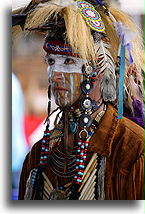
North American Indians come from many distinct bands, tribes and ethnic groups. They are often mixed in blood with immigrated American populace of African, Asian, European and other peoples.
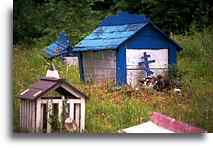
When Europeans first encountered Alaska Natives in early 18th century, there were many of tribes and language groups. For the Native population of Alaska, the coming of Russians was a huge disaster. Indians were forced to work for invaders, hostages were taken, families split up. Violence and European diseases destroyed almost 80% of Aleut Indian population.
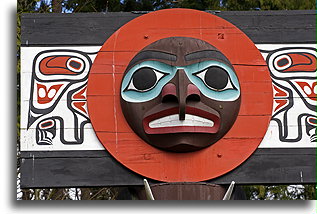
Several distinctive cultures developed on the Pacific Northwest coast from today's Washington state, USA in the south through coastal British Columbia, Canada to the top of the Alaskan panhandle. The cultures were very similar in some ways and remarkably diverse in others.

The deep canyons, rock palisades, high mesas, and open desert of the corner region of Utah, Colorado, New Mexico and Arizona were home to a remarkable group of agricultural people that we call the Anasazi. They lived here from approximately 500 BC. In AD 1300 Anasazi Indians abandoned their cliff dwellings, villages or other settlements and moved south joining with other tribes. What was the reason for this departure? Some theories say that hostile neighbors forced them out. Others say that an overpopulation and a long lasting drought made the area uninhabitable. Probably a combination of many factors caused Anasazi people to leave their homes.
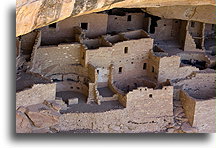
Mesa Verde Mesa Verde National Park is really a large archaeological park with many cliff dwellings erected by the by Ancestral Puebloans who lived there between AD 550 and 1300.
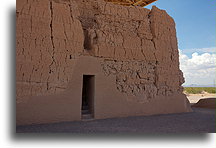
Casa Grande is the remains of Ancient Indian village near Coolidge, Arizona. Abandoned long before first Europeans arrived, the main structure build of caliche managed to survive to these days, at least partly.

Cliff dwellings known today as Montezuma Castle (Arizona, USA) are dated from AD 1100 to 1400. Persistent five-story buildings contain more than 20 rooms.

In the reconstructed Huron/Ouendat Village (Canada) we can see how Indians lived in the Ontario region before the arrival of the first Europeans.
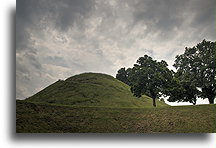
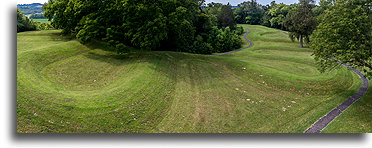
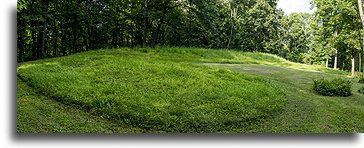
Adena Culture is a group of indigenous American societies from 2000 years ago. They shared similar complex ceremonial and burial rituals. The earthen monuments they erected, survived to our times.
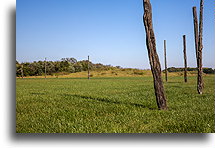
The Mississippian culture raised many communities along the Mississippi River. Cahokia is considered the largest. It dates from AD 700. It is estimated that at its peak, around AS 1050, 10 to 20,000 people lived here.
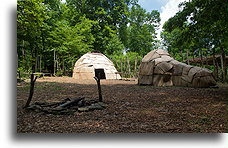
The Monongahela people disappeared in the beginning of the 17th century. Other tribes probably absorbed them. The reconstructed small Monongahela Village in Meadowcroft gives us a look into the 16th century life of these Native Americans.
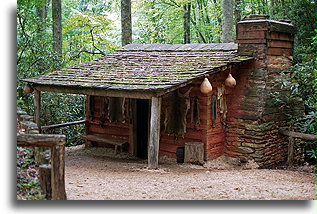

The Great Smoky Mountains located on Tennessee - North Carolina border are a homeland of the Cherokee Indians, a nation with rich heritage. Long before Columbus discovered a “New World” they ruled a huge land that is now parts of eight states of the USA.
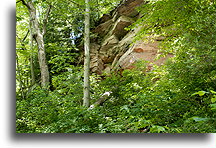
Radiocarbon dating from Meadowcroft Rockshelter indicates occupancy from 16,000 years ago and perhaps even 19,000 years ago. That second date is still being questioned, but after many years of debate, 14,000 BC becomes a widely accepted date. This is 3,000 year earlier than the Clovis culture artifacts. As such, it provides evidence of very early human presence in the Americas, actually the oldest known site occupied by humans in the Western Hemisphere.




